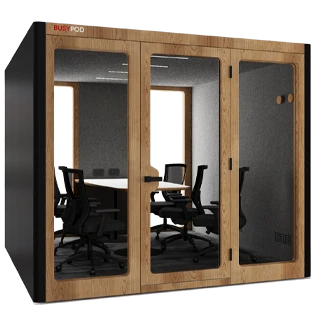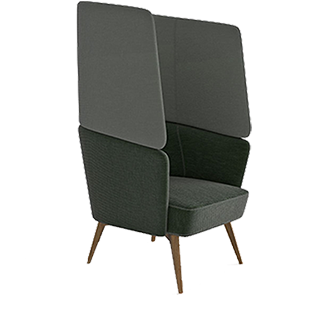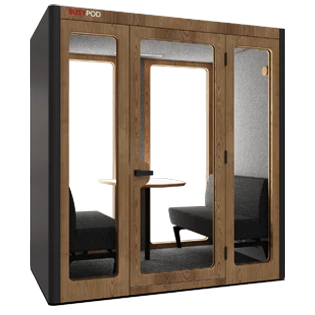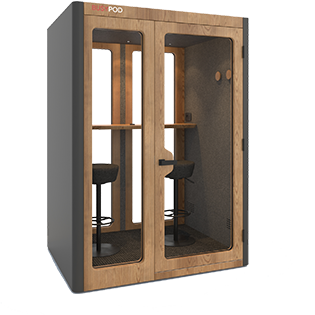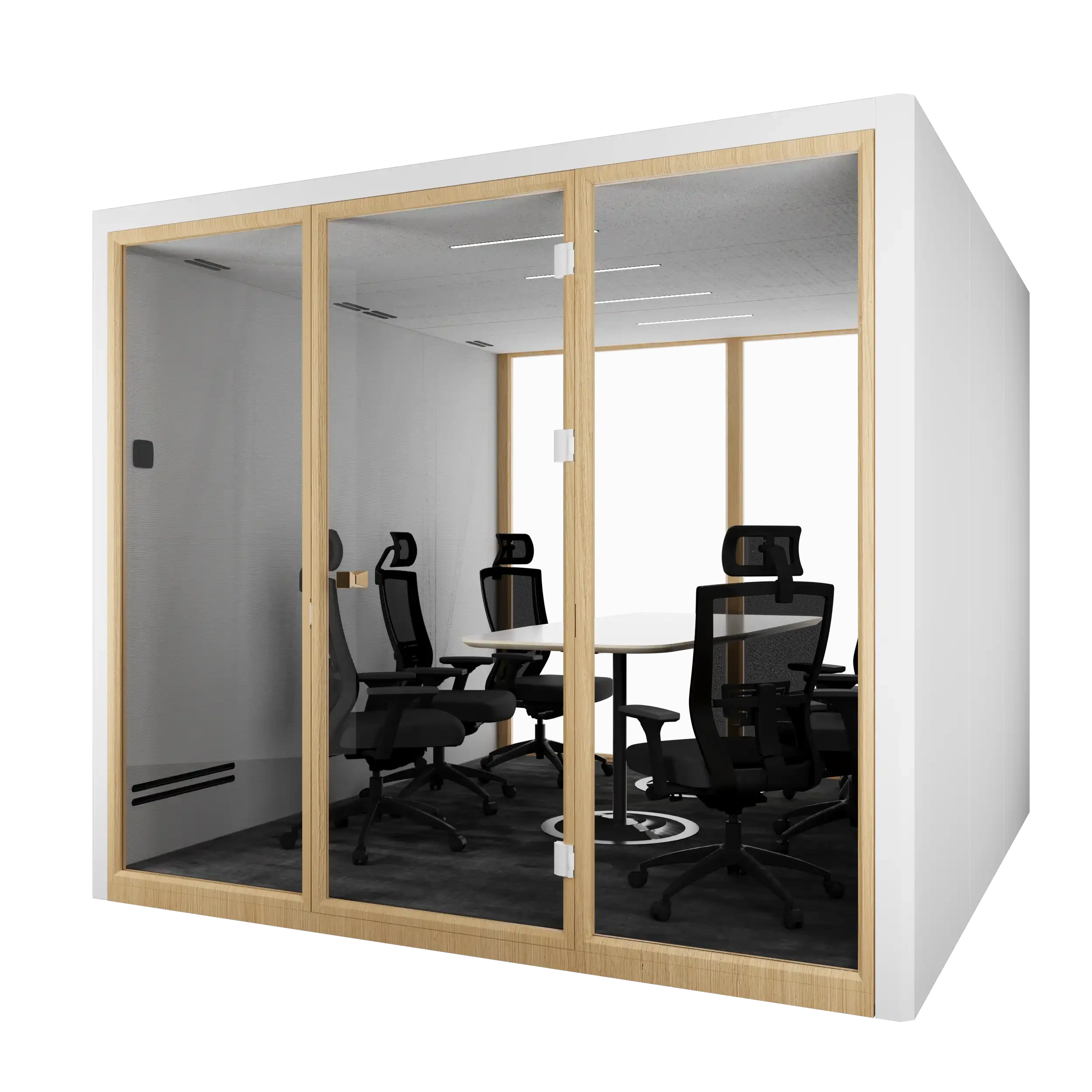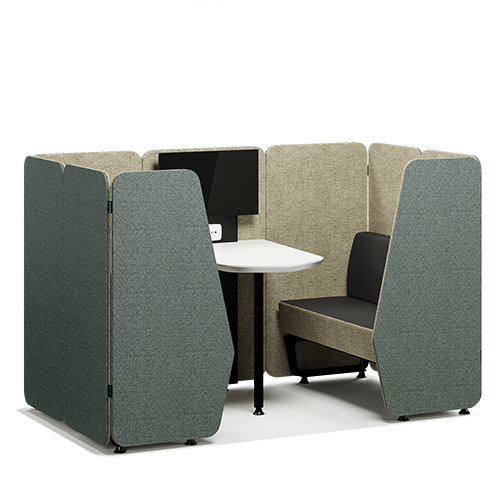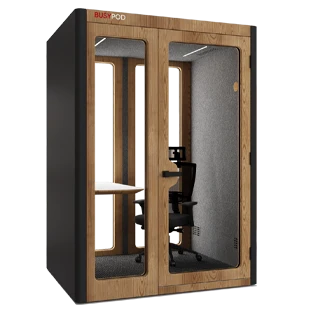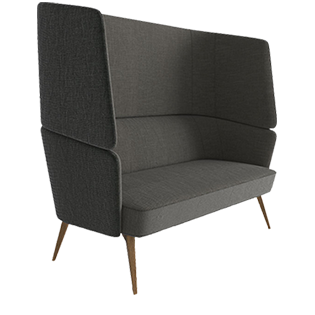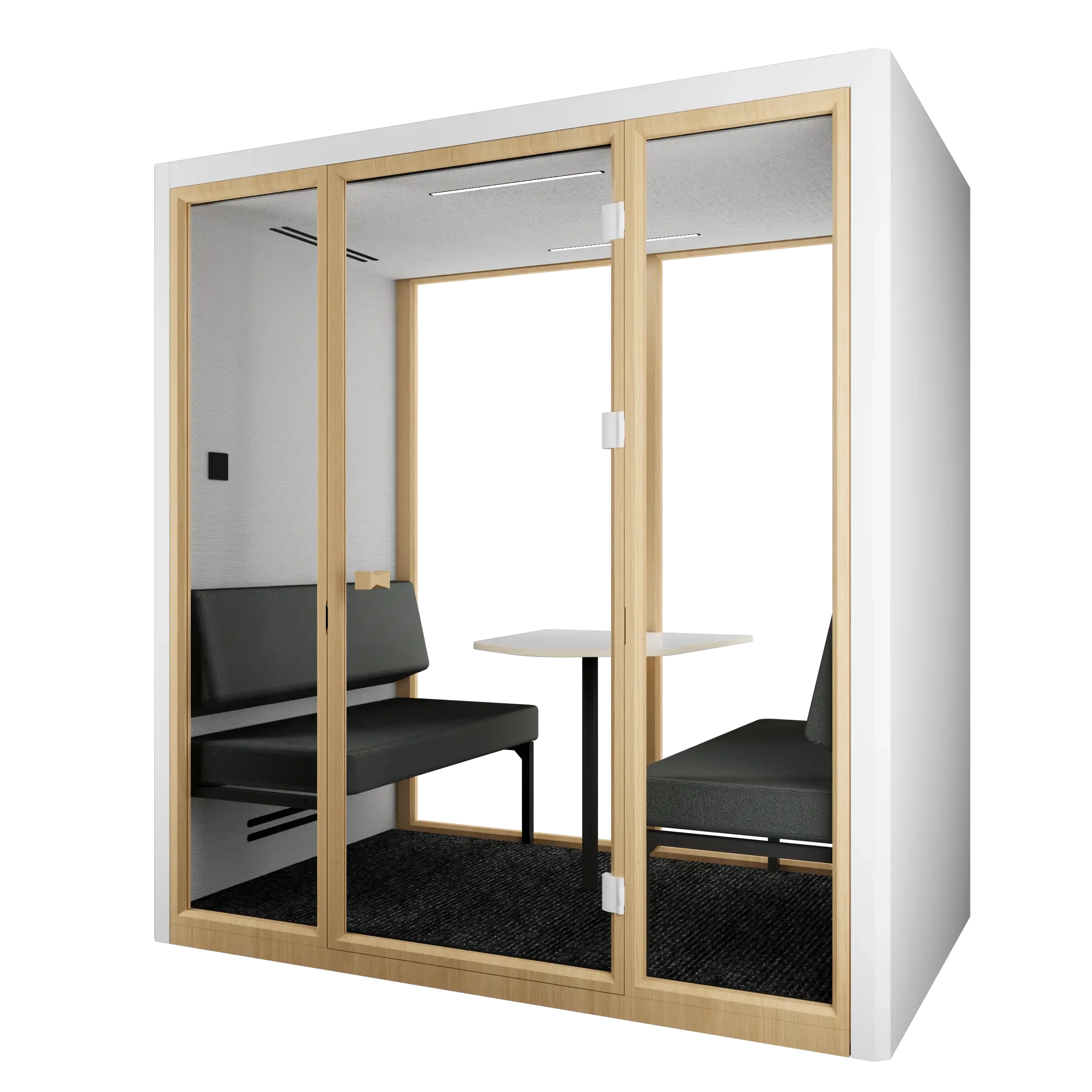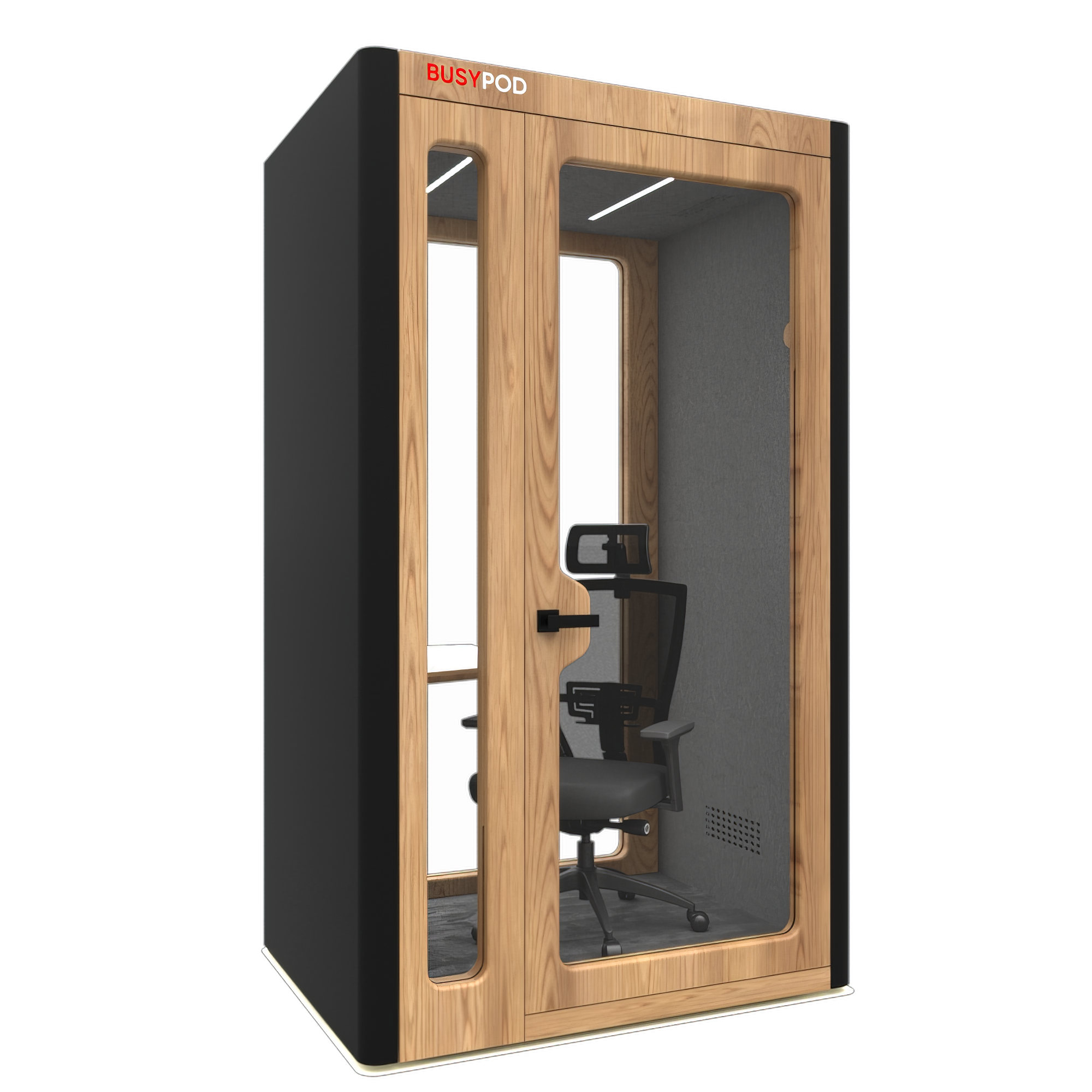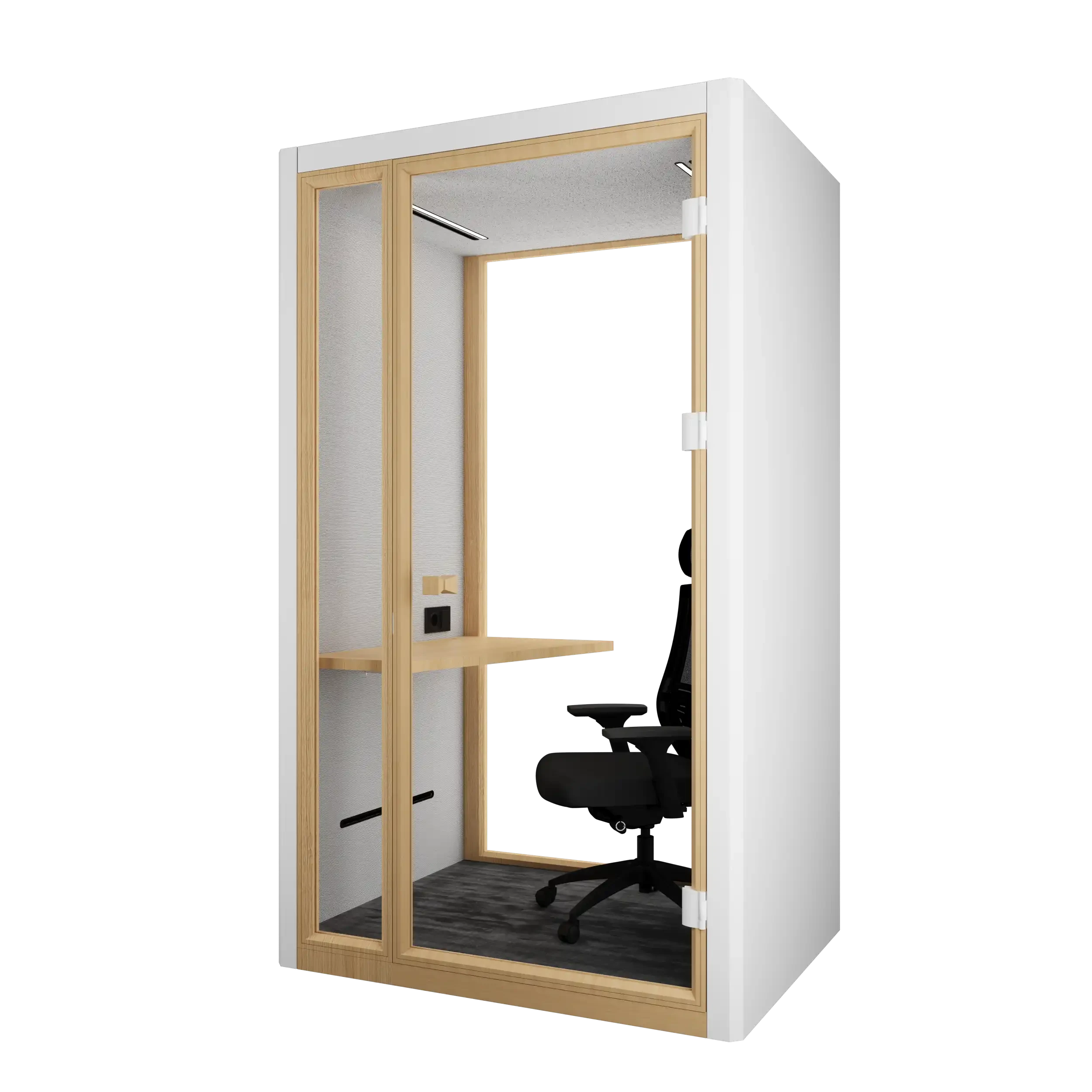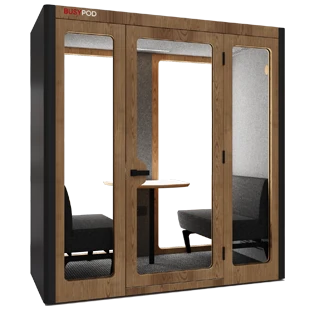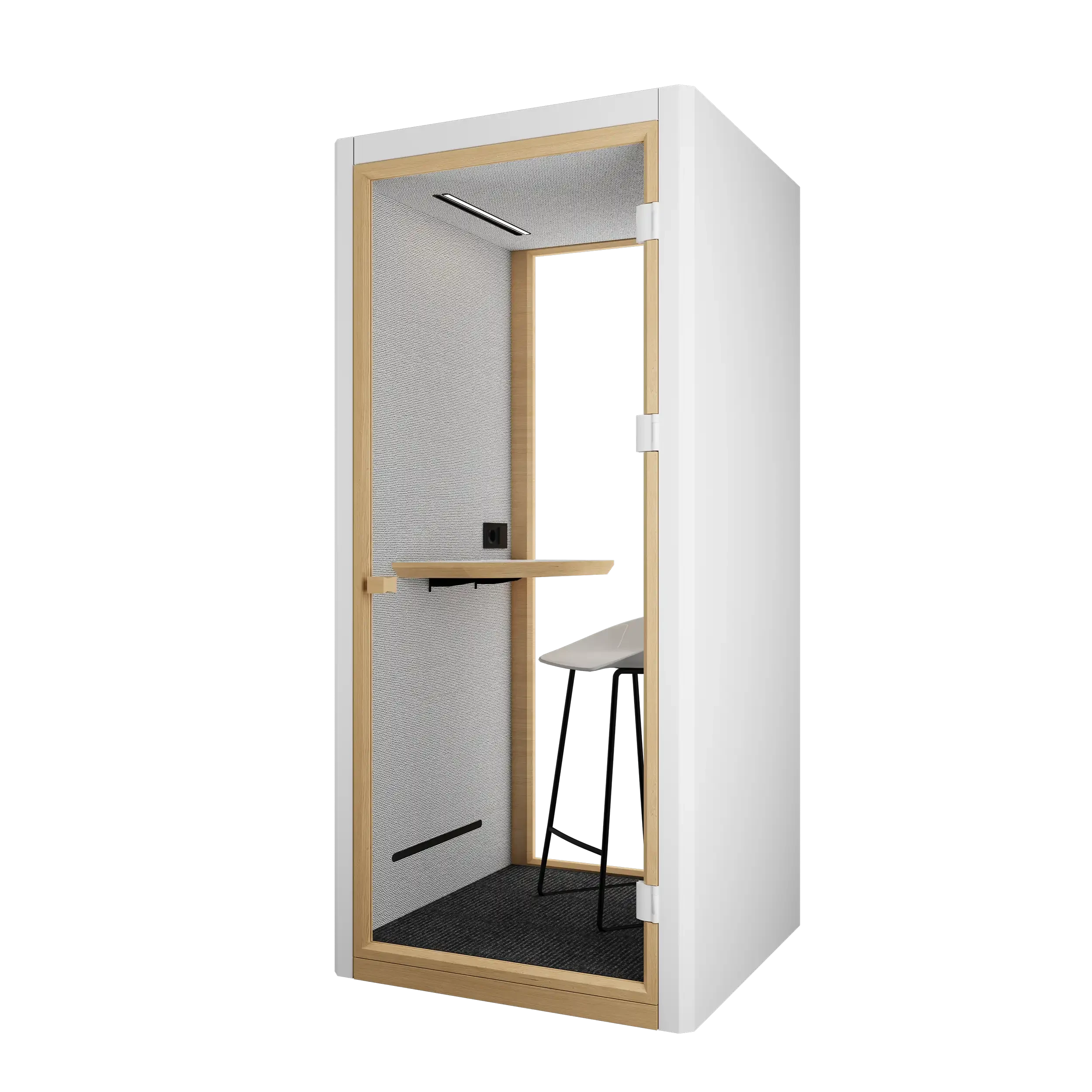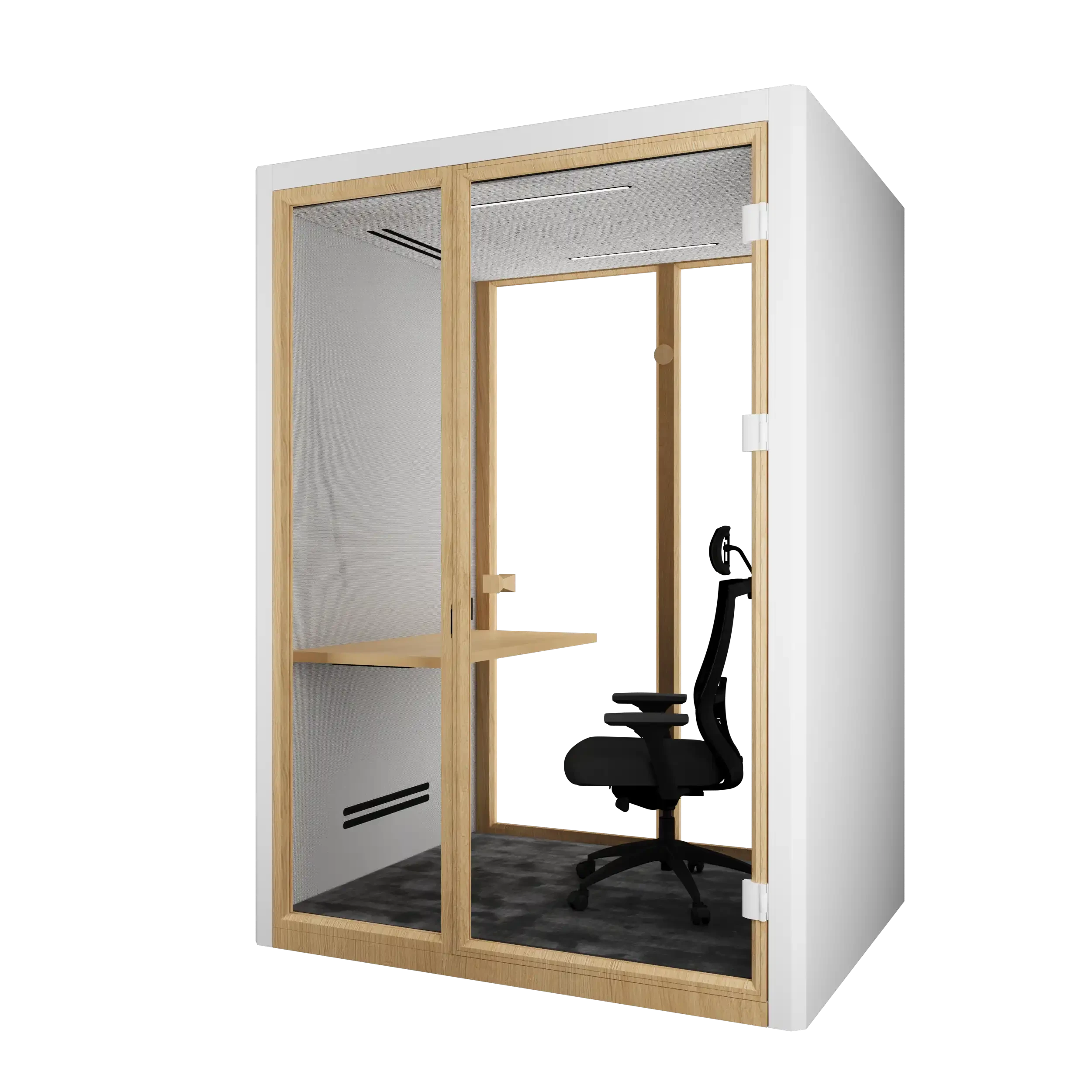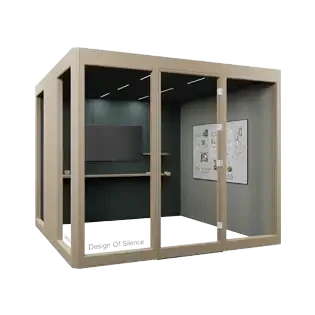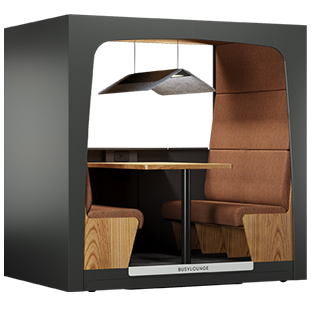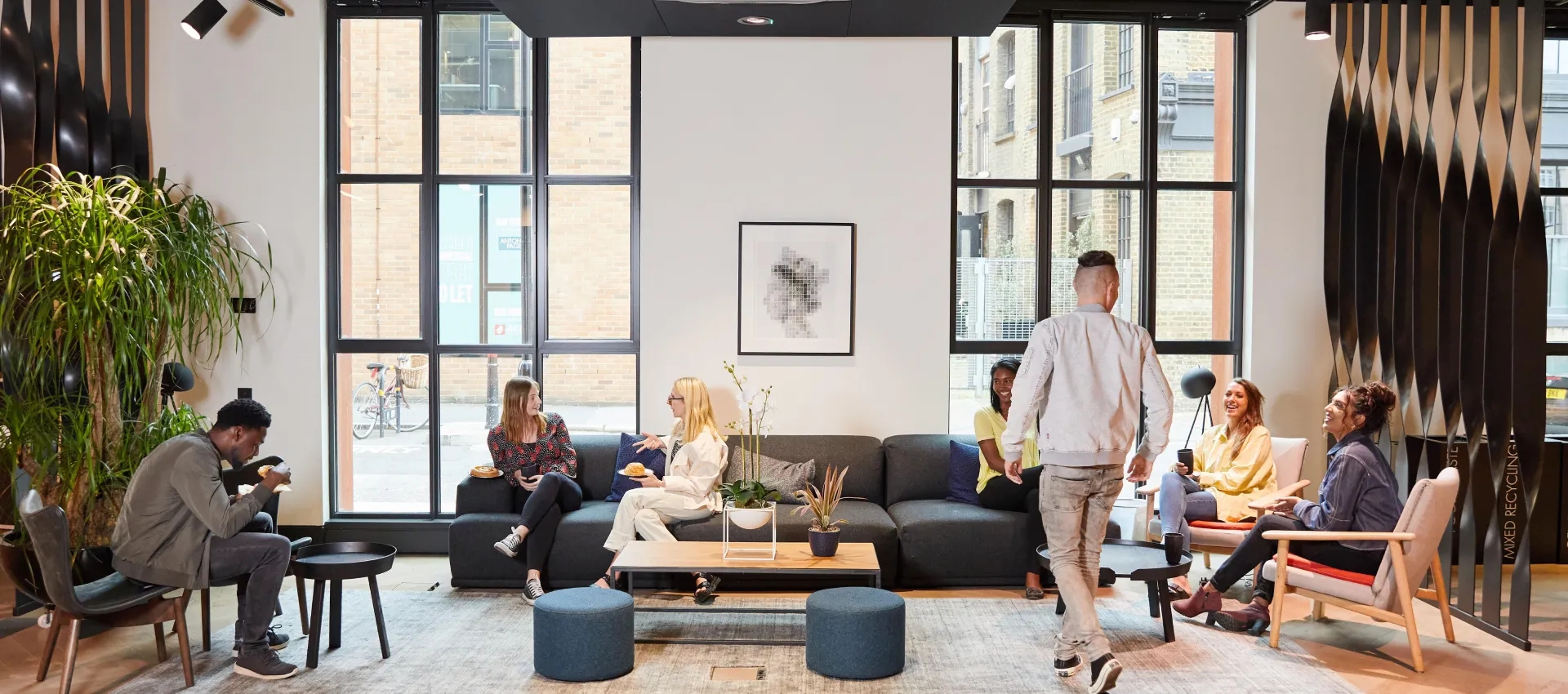
How Will Workplaces Change in the 2030s?
The 2030s will bring new designs to the workplace. It is possible that workplace aesthetics in the 2030s will undergo significant changes due to advancements in technology, changes in work culture and a greater focus on sustainability. These changes will not only reshape our workplaces but also our perception of offices as well.
Which Changes Should We Expect?
Increased Use of Virtual and Augmented Reality Technologies
Virtual and augmented reality have been popular since they started to become more accessible. Of course, the evolution of these technologies will allow them to find a place in workspaces. The increased use of virtual and augmented reality technologies may even be one of the most significant changes in the 30s.
Thanks to these technologies, the concept of remote working will totally change; employees will work from anywhere, including their homes or other remote locations, while - kind of - still being a part of the same physical space as their colleagues. This change might even lead to a decrease in the number of traditional offices since it's likely that more companies will adopt flexible work arrangements and virtual offices.
Sustainability Will Be the Key
The introduction of more sustainable offices will be another change that may occur. Companies might prefer more natural and sustainable materials in office design, including plants, natural lighting, and sustainable building materials. Since the awareness of the impact of human activity on the environment continues to grow and more people become aware of the catastrophic situation, companies may design their offices to address this concern.
More Personalised Workplaces and Employee Well-Being
We can anticipate a shift towards more personalised workplaces emphasising personal privacy. With advancements in technology, it might be possible for employees to customise their workplaces to suit their needs and preferences. AR and VR technologies we mentioned could play a significant role in this change. Also, simple yet effective solutions could work, too; for example, by introducing adjustable lighting, temperature control, and ergonomic furniture designed to prevent injuries and improve productivity.
Finally, offices and companies might focus on employee well-being and health through new spaces promoting physical and mental health. Incorporating spaces for exercise or meditation, providing healthy food options and encouraging employees to take breaks throughout the day might be some solutions to provide such areas.
Why Will Sustainability Be That Significant?
Sustainability is likely to be a key concept for workplace aesthetics and architecture in the 2030s. There are several reasons behind this assumption. Growing awareness, increased consciousness and cost-effectiveness are only some of them.
The main reason is the growing awareness of the impact of human activity on the environment and the urgent need to reduce greenhouse gas emissions and mitigate the effects of climate change. There is an increasing demand for businesses to take responsibility for their impact on the environment by implementing sustainable practices and reducing their carbon footprints. Companies can achieve this through sustainable design and construction practices for workplaces, such as using natural materials, energy-efficient lighting and new systems. Also, incorporating green spaces and natural light to work environments will allow companies to rely on natural sources rather than artificial ones.
Also, as consumers and employees become more conscious of sustainability and demand businesses demonstrate a commitment to environmental responsibility, companies seem to look for new and more sustainable solutions to follow the trend. This approach implies that organisations that prioritise sustainability in their operations and workplace design are more likely to be appealing to both consumers and employees. In fact, in the following decade, people may consider a company's social and environmental obligations when determining where to work, which means that a focus on sustainability will be critical in attracting and maintaining the best employees.
Plus, companies might also benefit from this trend; sustainability is a cost-effective approach for businesses, particularly in the long term. Energy-efficient systems and environmentally friendly materials can help minimise energy and water usage, as well as maintenance and operating expenses. Therefore, sustainable solutions can lead to significant savings over time, making it not only a responsible choice but also a financially ideal one.
How Will Companies Provide More Privacy?
Privacy in the workplace is already a significant issue, yet, it will be even more critical in the foreseeable future. Employees will need more personal space to better focus on their projects. And this need is likely to bring new design and architectural changes.
We believe future workplaces will use portable booths more often in order to give their employees the space they need. For example, phone booths will become more common, allowing people to have private phone calls without the fear of being heard. Also, portable work and meeting pods will allow teams to work in privacy without being disturbed by distracting co-workers and a noisy workplace.
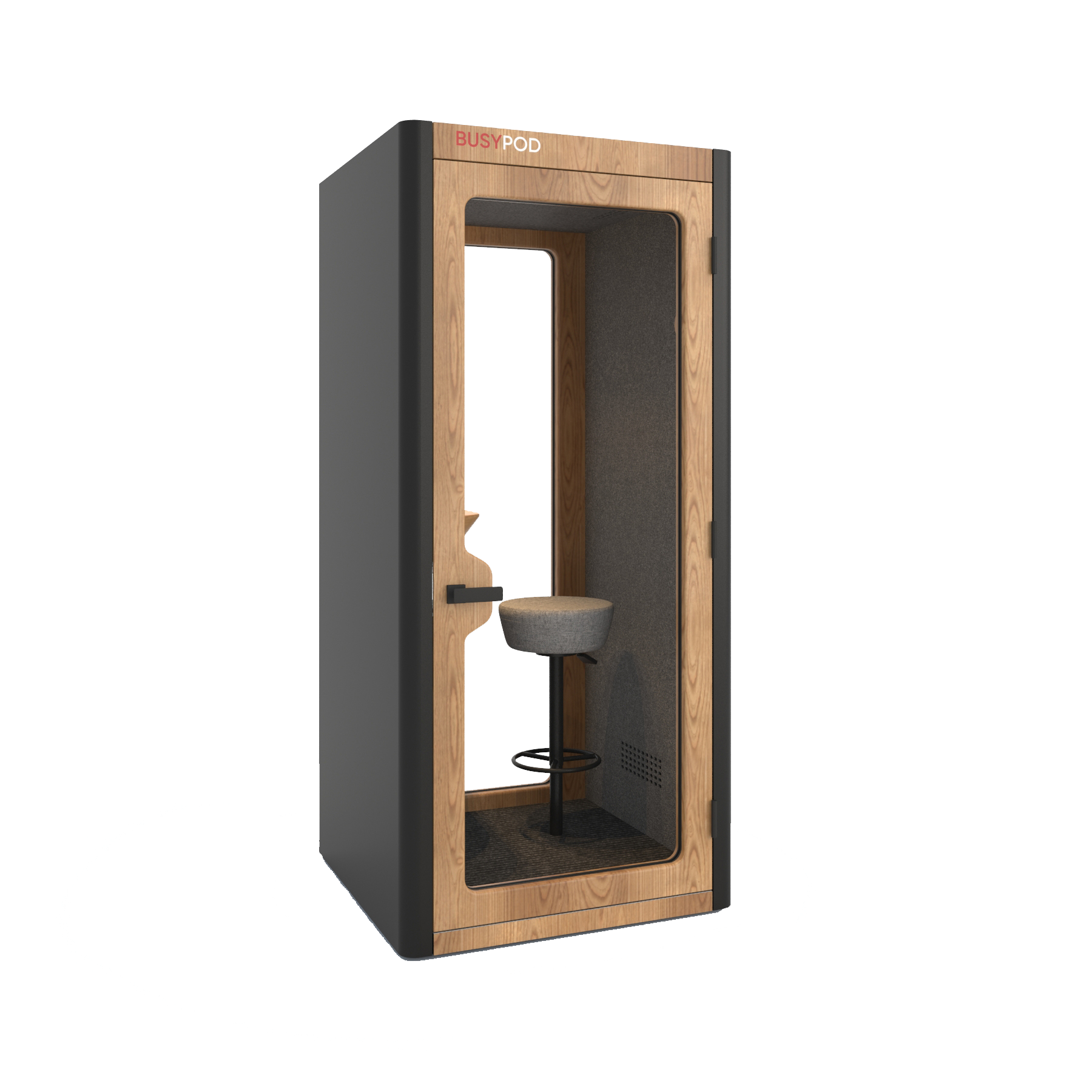 Design Your Pod
Design Your Pod


